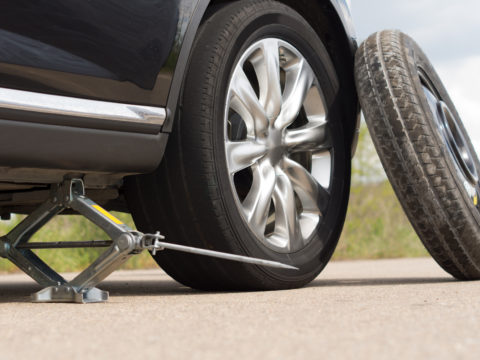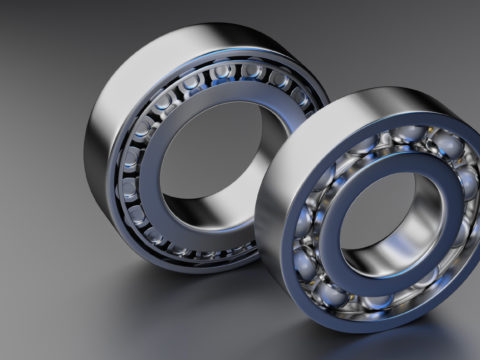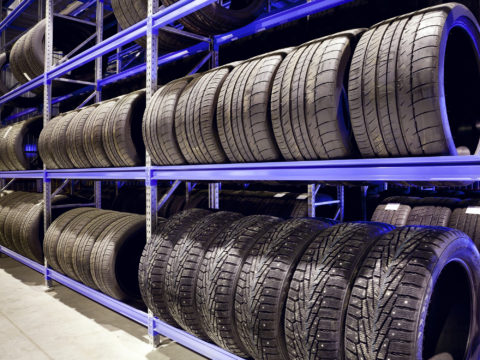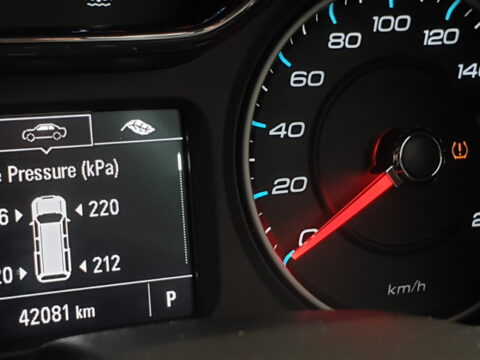If you’re hearing a concerning noise coming from your vehicle as you’re driving, then you’re likely wondering how to distinguish and diagnose the noise.
In this article, you’ll learn about the rear differential and the wheel bearing, what each of these components does, and what they sound like when they fail.
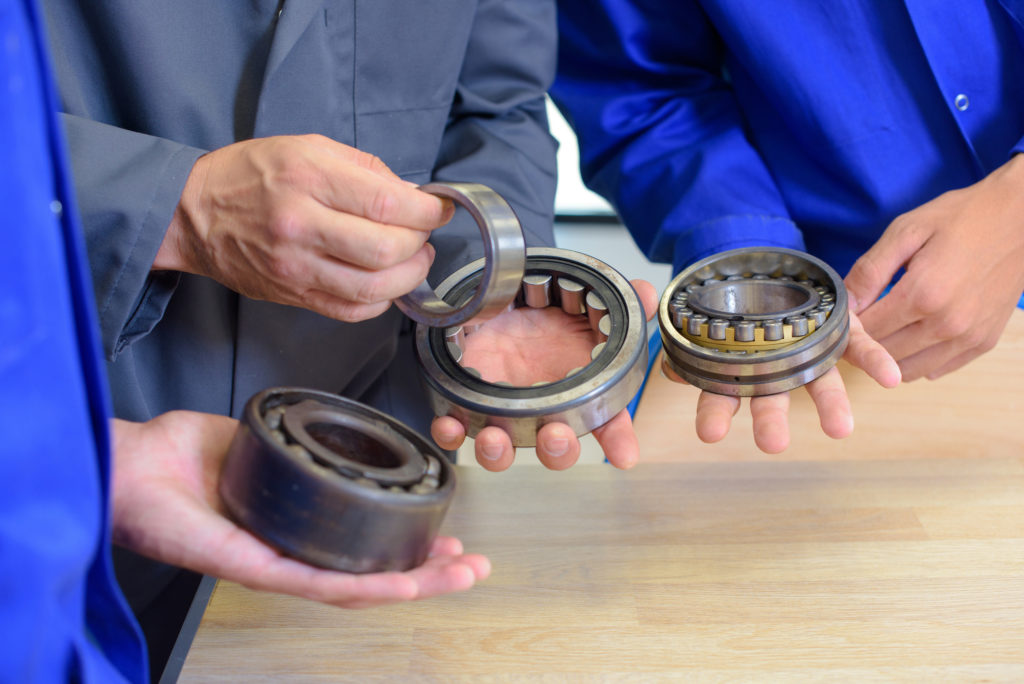
Contents
Rear Differential
In order to understand how the rear differential sounds, it’s best to give a quick overview of what it is exactly.
What Is It?
A differential is a critical component of a vehicle. While there are several different types of differentials, a rear differential is a crucial component of a rear-wheel drive and all-wheel drive vehicle.
Where Is It Located?
The rear-wheel differential is connected to the driveshaft of your vehicle. You may be wondering, then, well, where the heck is the drive shaft located? The driveshaft connects to the transmission directly under your car, which then connects to the vehicle’s engine.
If you look under your vehicle, you should be able to spot the rear differential in the center rear of your vehicle, in between the axles of the rear wheels.
The differential will be easy to spot. It will have a large circular shape in front that connects to either wheel axle and then tapers in the back.
What Does It Do?
At this point, you’re probably wondering what the rear differential does, exactly? Well, the rear differential has a couple of critical roles it plays to ensure the driveability, safety, and performance of your vehicle.
In short, the rear differential transfers the power it receives from the engine, through the transmission, and down through the driveshaft and transfers that energy into rotational energy to the rear wheels.
Now, the rear differential doesn’t just transfer the power, but it does so in a way that allows the wheels to rotate at different speeds. By controlling the rotational speed of the rear wheels, the rear differential ensures that the vehicle maintains control and balance while turning.
The rear differential contains gears and protective differential fluid that control the correct tire speed down a straight roadway and during turns. When the vehicle turns, the gears in the differential adjust the speed of the wheels around the curve. The rear differential ensures that the inside rear wheel travels slower than the outside rear wheel during a turn.
At this point, you probably understand why the rear differential for all-wheel and rear-wheel drive vehicles is so crucial. Without it, the power transferred to the wheels from the engine would be unstable during turning, causing a seriously dangerous driving scenario.
Wheel Bearing
The wheel bearing sound is particularly different from the rear differential, but just as such, it’s better to understand it separately.
What Is It?
The wheel bearing is a critical component of a wheel hub assembly. The wheel hub assembly, composed of bearings, sensors, and seals, is a part of each wheel’s assembly and is responsible for ensuring free rotation of the wheels, and proper balance, weight distribution, and movement.
The wheel bearing of the hub assembly is composed of a set of steel balls or roller bearings connected by a metal ring called a race. The wheel bearing connects the wheel and the wheel’s axle.
Where Is It Located?
The wheel bearing is located within the wheel hub assembly at the center of the wheel. The bearings fit together inside the race, which is sealed and lubricated with grease.
While the rear differential is easy to spot and access, accessing wheel bearings require a bit of mechanical know-how as the tire must be removed, as well as the braking components, to access the wheel hub assembly.
What Does It Do?
Wheel bearings are integral to allowing the wheel to rotate with minimal friction. They ensure that the wheel can turn in motion without friction causing problems for the movement of the vehicle.
While they’re a relatively small part, a wheel bearing must be tough and durable as it withstands the weight of the vehicle and the forces of gravity, acceleration, deceleration, and turning.
While replacing wheel bearings isn’t considered a part of regular maintenance, you should expect the wear and tear on the wheel bearing to cause it to start to break down eventually and require replacement.
How to Identify a Bad Rear Differential Noise?
If you think the rear differential on your vehicle may be failing, listen for noises and feel for driveability changes, especially around turns.
Remember, since this is the rear differential, listen for sounds that seem like they’re emanating from the rear of the vehicle to help distinguish from noises that may be emanating from under the hood.
Howl
Many people first notice the sound of a failing rear differential. The noise is often described as a whining or howling noise that increases with acceleration.
Metallic Noises
If you hear a metallic whirring noise upon the deceleration of your vehicle, it may be a failing rear differential.
Leaks
The differential fluid may also be leaking from your vehicle. If the gears are not properly lubricated, they will start to break down.
Vibrations
Some people experience the vibration of the vehicle accompanied by a whining noise that increases with acceleration.
Turning Noises
Since the rear differential is so crucial to turning, you may especially notice a loud whirring noise as the vehicle turns, especially at speeds over 20 miles per hour.
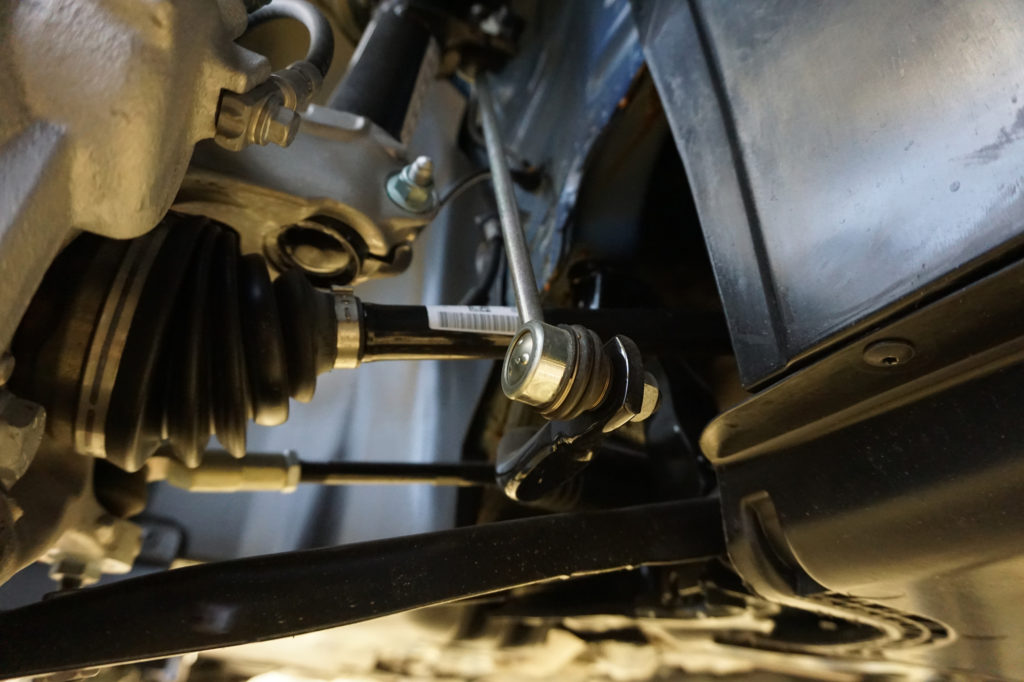
How to Identify a Bad Wheel Bearing Noise?
All four of the vehicle’s wheels contain wheel bearings with the wheel hub assembly. To identify a faulty wheel bearing, pay attention to the sound of your wheels on either side of the vehicle, front and back.
High Pitch Noises
There are various noises that failing wheel bearings produce. Listen for a growling, humming, rumbling, or even high-pitched noise coming from your wheel or wheels. These noises are normally in sync with the rotation of your tires.
Uneven Tire Wear
A faulty or loose wheel bearing can affect the proper balance and alignment of your tires, causing uneven tire wear.
Vibrating Steering Wheel
If the wheel bearing is affecting the alignment of your tires, then you may experience the vibration of your steering wheel.
ABS Light
Your anti-lock braking system (ABS) warning light may appear lit up on your dash due to a faulty or failing wheel bearing.
In some modern vehicles, the ABS sensor is located in the wheel hub assembly. Thus, a failing wheel bearing can affect the ABS.
Wheel Wobbling
Excessive play or wobble in the wheels is often a sign of a failing wheel bearing. determine this, the vehicle must be lifted off the ground enough to be able to fully wiggle the wheels from side to side.
A faulty wheel bearing will cause a significant wobble in the wheel, while a functioning wheel bearing will not allow much wiggle at all in the wheel.
What to Do if You Hear These Noises?
If you hear the noises associated with either a bad wheel bearing or bad rear differential, it is important to get your vehicle diagnosed and repaired by a certified mechanic as soon as possible.
Driving with a bad rear differential could cause the vehicle to not maintain control while turning. Eventually, a bad wheel bearing could cause the wheel to disconnect from the axle while driving. As you can see, both of these problems are serious concerns and require a knowledgeable mechanic to diagnose and repair or replace them.

